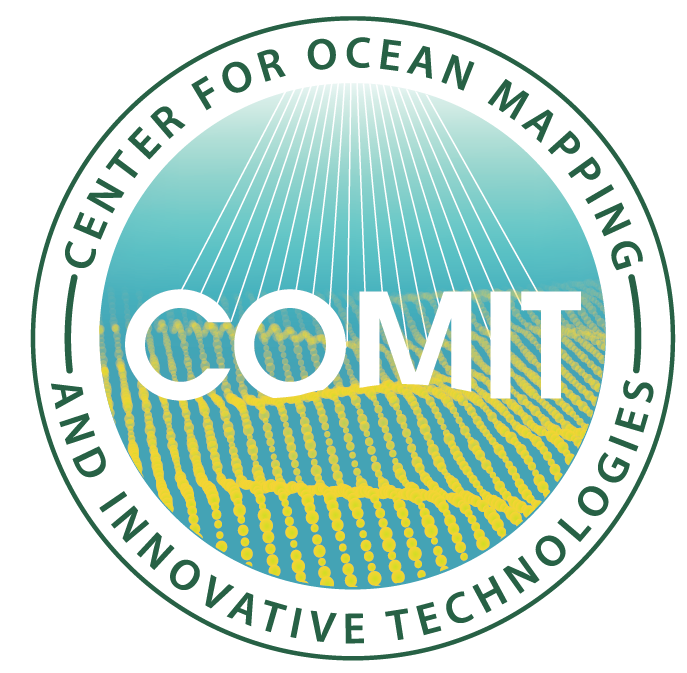Center for Ocean Mapping & Innovative Technologies Webinar Series
Dr. Larry Mayer
Dr. Mayer presented on May 26, 2021 at 12pm EDT, a recording of his webinar can be found here.
The Quest to Completely Map the World’s Seafloor by 2030
Center for Coastal and Ocean Mapping
University of New Hampshire
Durham, N.H. 03824
Abstract
Knowing seabed depths, (bathymetry) is of vital importance for safety of navigation, predicting storm surge and tsunami inundation, mapping seafloor habitats and ecosystems, laying cables and pipelines, exploring for resources, understanding ocean currents and their impact on climate change, national security issues and exploring human history as preserved in shipwrecks. Yet by 2018, only 9% of the deep ocean seafloor had been directly mapped with modern multibeam echo-sounders. Recognizing the poor state of knowledge of ocean depths and the critical role such knowledge plays in understanding and maintaining our planet, the Nippon Foundation challenged the mapping community to produce a complete map of the world ocean seafloor by 2030. The result, “The Nippon Foundation-GEBCO Seabed 2030 Project,” has already increased publicly-available holdings of modern deep-sea mapping data from 9% to 19% in 2020. Some of this initial increase came through discovery of existing data; the challenge now is to complete new mapping, an effort estimated to require approximately 200 ship-years (at a cost of $3-5B) using current technologies. Meeting the challenge of complete mapping of the global ocean will require innovative new technologies that can increase efficiency, cost-effectiveness and capabilities. Autonomous vessels are being developed that can deliver high-resolution mapping systems without the significant cost of crews, and wind-powered autonomous systems, without the cost of crews or fuel. Along with these new platform technologies innovative new acoustic approaches capable of providing wider swaths and higher resolution are also being developed. As these new technologies evolve, the aspirational goal of Seabed 2030 may very well become a reality.
Biography
Larry Mayer is a Professor and the Director of the Center for Coastal and Ocean Mapping at the University of New Hampshire. He graduated magna cum laude with an Honors degree in Geology from the University of Rhode Island in 1973 and received a Ph.D. from the Scripps Institution of Oceanography in Marine Geophysics in 1979. At Scripps, he worked with the Marine Physical Laboratory’s Deep-Tow Geophysical package, applying this sophisticated acoustic sensor to problems of deep-sea mapping and the history of climate. After being selected as an astronaut candidate finalist for NASA’s first class of mission specialists, Larry went on to a Post-Doc at the School of Oceanography at the University of Rhode Island where he worked on the early development of the Chirp Sonar and problems of deep-sea sediment transport and paleoceanography. In 1982, he became an Assistant Professor in the Dept. of Oceanography at Dalhousie University and in 1991 moved to the University of New Brunswick to take up the NSERC Industrial Research Chair in Ocean Mapping. In 2000 Larry became the founding director of the Center for Coastal and Ocean Mapping at the University of New Hampshire and the co-director of the NOAA/UNH Joint Hydrographic Center.
